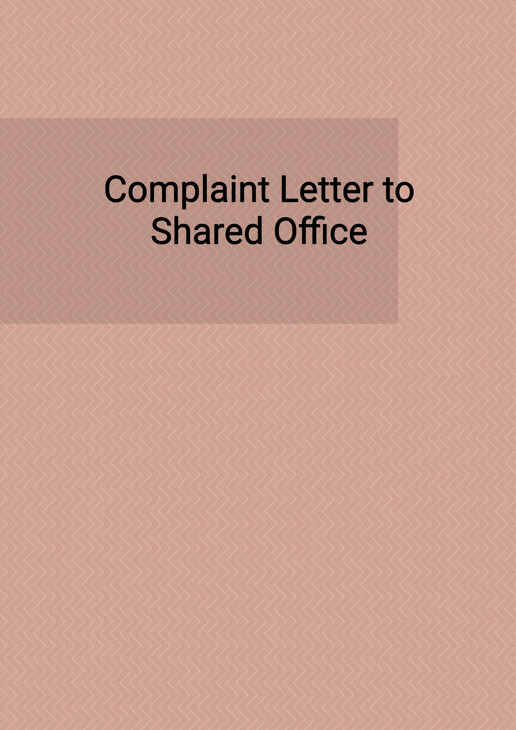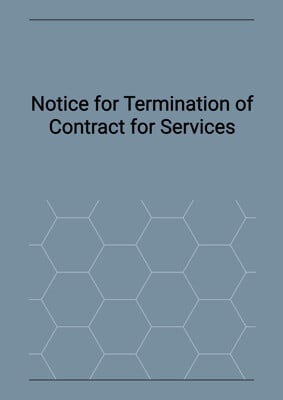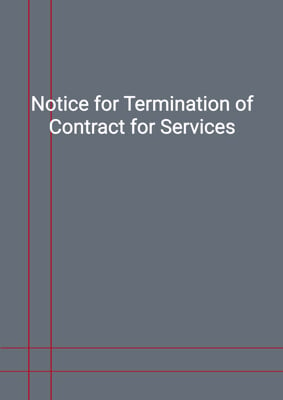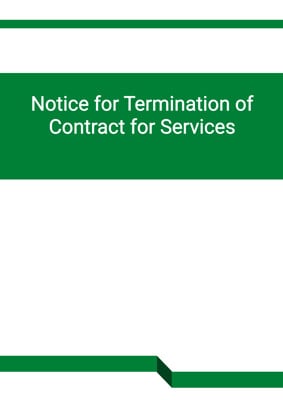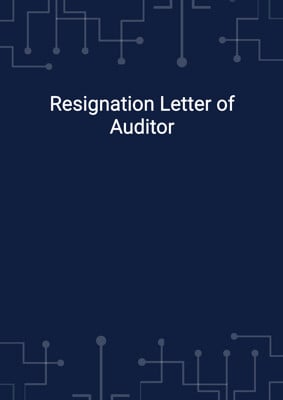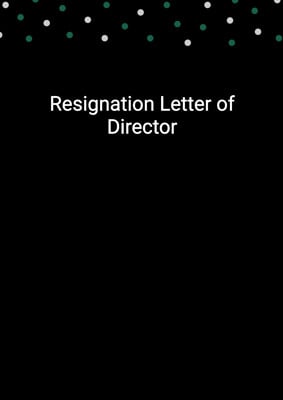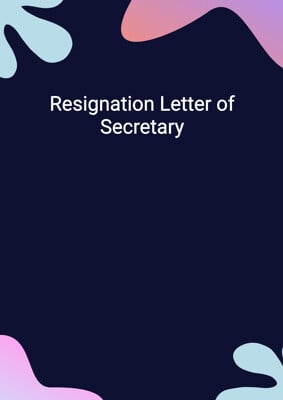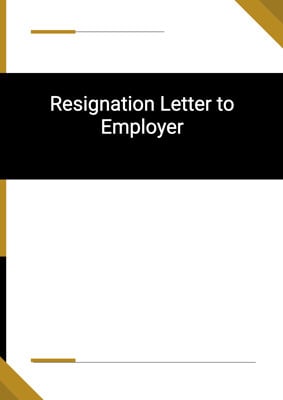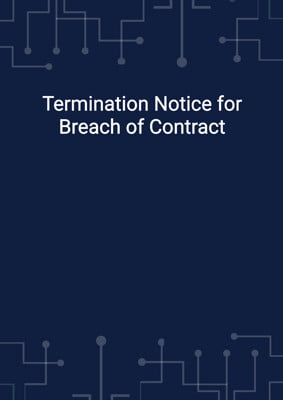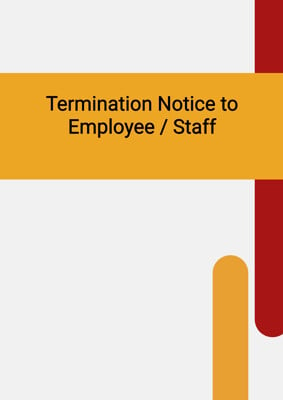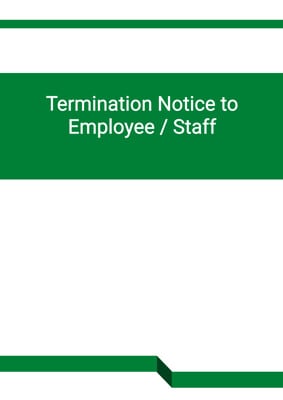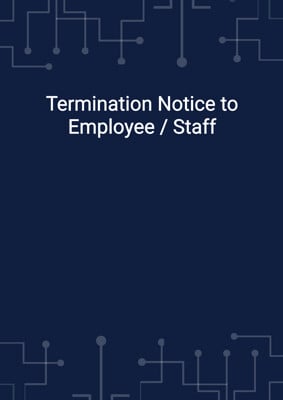How to Tailor the Document for Your Need?
01
Create Document
Click "Create Document" button and the document will be prepared with your account details automatically filled in.
02
Fill Information
Please fill in any additional information by following the step-by-step guide on the left hand side of the preview document and click the "Next" button.
03
Get Document
When you are done, click the "Get Document" button and you can download the document in Word or PDF format.
04
Review Document
Please review the document carefully and make any final modifications to ensure that the details are correct before sending to the addressee.
Document Preview
Document Description
The document titled 'Complaint Letter to Shared Office' is an important communication tool for tenants of a shared office space to express their grievances and dissatisfaction with the office management. The letter serves as a formal complaint, highlighting various issues faced by the tenant and providing specific examples to support their claims.
The entire document consists of a detailed account of the tenant's experience and concerns regarding the shared office. It begins with a brief introduction, stating the tenant's name, company, and the number of desks they are currently renting. The tenant then proceeds to explain their reasons for choosing the shared office, emphasizing factors such as the location, office building quality, decor, view, and proximity to public transport.
The main body of the document is divided into several sections, each addressing a specific issue faced by the tenant. The first section focuses on the rude and unfriendly behavior of the office staff. The tenant describes their initial interactions with the staff, highlighting instances where they felt unwelcome and encountered unhelpful attitudes. The tenant also draws a comparison with the staff of a competitor's office, who are described as friendly and accommodating.
The second section highlights the lack of responsibility exhibited by the office staff. The tenant expresses frustration over the staff's refusal to take responsibility for various tasks, such as handling letters and parcels. The tenant provides an example of an unanswered email regarding rent payment reminders, further illustrating the staff's lack of responsiveness.
The third section addresses the issue of laziness among the office staff. The tenant describes instances where there was no one present at the service desk, leading to delays and inconvenience.
The fourth section focuses on the perceived disregard for small tenants by the office management. The tenant recounts a conversation with the community manager, who allegedly expressed a preference for larger tenants and made derogatory remarks about small businesses. The tenant suggests that the office's strategy is flawed and highlights the importance of fostering a supportive co-working community.
The fifth section criticizes the office's long-term strategy, which the tenant deems unrealistic and detrimental. The tenant argues that targeting downsizing corporate clients is not a sustainable approach, as most large corporations prefer to have their own offices. The tenant also points out the transient nature of downsizing clients, who are unlikely to be long-term tenants.
The sixth section discusses the issue of arbitrarily moving tenants within the office. The tenant claims that the community manager attempts to consolidate dedicated desk tenants into one room, disregarding the availability of empty space on the floor. The tenant expresses dissatisfaction with the manager's behavior and cites other tenants who share the same sentiment.
The seventh section highlights the lack of community-building efforts by the community manager. Despite her title, the tenant asserts that the manager is lazy and discourages tenant interaction. The tenant contrasts this with the activities organized by a competitor's office, even during the COVID-19 pandemic.
The eighth and final section addresses the issue of inflexibility regarding hiring part-time workers. The tenant claims that the previous manager had promised flexibility, but the current community manager enforces strict rules, requiring additional payments for part-timers.
In conclusion, the document provides a comprehensive and detailed account of the tenant's complaints and concerns regarding the shared office. It covers various aspects of the tenant's experience, including staff behavior, management practices, community-building efforts, and flexibility in operations. The tenant expresses a willingness to assist in transforming the office and invites further discussion.
How to use this document?
To effectively use the 'Complaint Letter to Shared Office' document, follow the step-by-step guidance below:
1. Clearly state your identity and company: Begin the letter by introducing yourself, stating your name, company, and the number of desks you currently rent in the shared office.
2. Highlight the positive aspects of the shared office: Briefly mention the reasons why you initially chose the shared office, such as its location, office building quality, decor, view, and proximity to public transport.
3. Address each issue separately: Divide your letter into sections, each focusing on a specific issue you have encountered in the shared office. Clearly label each section to ensure clarity.
4. Provide specific examples: Support your claims by providing detailed examples of incidents or situations that illustrate the problems you have faced. Be specific and provide sufficient context.
5. Express your dissatisfaction: Clearly express your dissatisfaction with the office management and staff regarding each issue. Use assertive language to convey the seriousness of the problems.
6. Suggest improvements: Offer constructive suggestions or solutions to address the issues raised. Demonstrate your willingness to collaborate and assist in transforming the office environment.
7. Provide contact information: Include your email address and phone number, encouraging the office management to reach out to you for further discussion.
8. Proofread and finalize: Before sending the letter, carefully proofread it to ensure clarity, coherence, and accuracy. Make any necessary revisions or additions to enhance the effectiveness of your message.
By following these steps, you can effectively utilize the 'Complaint Letter to Shared Office' document to communicate your grievances and advocate for improvements in the shared office environment.
Not the right document?
Don’t worry, we have thousands of documents for you to choose from:
